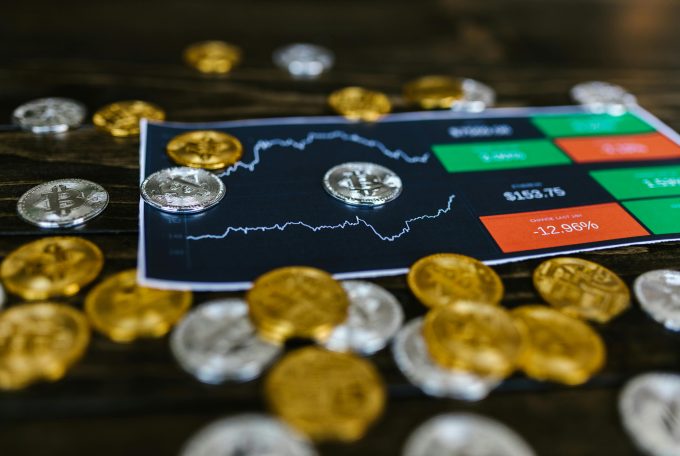Trading the news is a strategy that may be utilized in the capital markets to engage in the trading of shares, currencies, and some other financial products. Financial investors can benefit significantly from the use of trading news releases as just a tool.
Monetary news items frequently provoke significant short-term movements in the marketplace, which may provide chances for trading for market participants. Events such as disclosures regarding corporate profitability, shifts in administration, and rumours of a takeover are all examples of things that can cause the stock price of a firm to go significantly up or down.
A significant adjustment in a macroeconomic variable can be brought on by a number of factors, including lending rates, inflation as well as export rates, as well as policy moves provided by the central bank.
How to read the news in order to trade?
Trading news can seem like a basic activity. Even someone who isn’t involved in trading will, on average, do it every day. However, if you want to be successful in trading, you need to be able to analyse which aspects of the news will have an effect on the markets and which won’t.
There are two main types of stories that may be found in the media: those that are expected and those that are surprising.
The news releases which are planned to be distributed at specific times are known as recurring stories. We are aware of them at least one week in advance thanks to the economic calendars, and the financial markets have the opportunity to evaluate, forecast, and factor in the data before it is ever made publicly available.
These kinds of tales don’t typically trigger price swings unless the conclusion is significantly different from what was anticipated. Choices on interest rates by the monetary authority, the publication of economic statistics, and financial results are some examples.
Unanticipated stories are those that come as a result of revelations that no one anticipated. Transnational epidemics, geopolitical wars, meteorological catastrophes, terrorist attacks, as well as credit crisis are some examples of these types of occurrences. When the news breaks, it is likely to produce a tremor across capital markets as market participants strive to brace their holdings for the ramifications of these rapid events. This is because of the unexpected nature of these stories. Black swans are another name for these kinds of occurrences.
Your trading technique will determine how frequently you need to check in on what’s happening in the world. The vast majority of long-term investors will refrain from following the news and will only very seldom base their judgments on current events. However, traders have the ability to locate chances in the brief instability that occurs after an incident. Day traders, for instance, could check at several news sources numerous times each day in order to spot potential chances.
Manual Method of Trading News:
Investors who trade shares of a publicly traded firm are aware that certain occurrences might influence the share price to increase or decrease. These can include rapid shifts in the cost of energy, a labor strike at a supplier, or a month in which sales are particularly disappointing. The strategy of earning profit by exchanging financial derivatives (equity, currencies, etc.) exactly in schedule and within budget to the emergence of certain events is known as “trading the news,” and it is a form of “news trading.”
Automatic Method of Trading News:
The phenomena known as occurrence algorithmic trading, which is sometimes known as programmable trading, is not a recent development. Since the beginning of the 2000s, this particular kind of trading has been seeing a steady rise in popularity. According to some surveys, high-frequency trading companies were responsible for 60–73 percent of all equities trading activity in the United States in 2009. However, this percentage dropped to roughly 50 percent in 2012. Traders may programme their algorithms to monitor live news feeds and look for events that could have an impact on any firm that is listed. This is made possible by automated trading.
How to make use of current events while trading stocks?
It is critical to consider how various stocks and industries will react to a news item before making any investment decisions. For instance, if there is a downturn, industrial companies are more likely to face a drop in their income as projects begin to slip through the cracks, but conservative stocks are able to withstand a slowdown in the economy. Setting up alerts that are unique to your present holdings or firms you’re interested in might be considered the most typical method of making use of the news to trade stocks.





